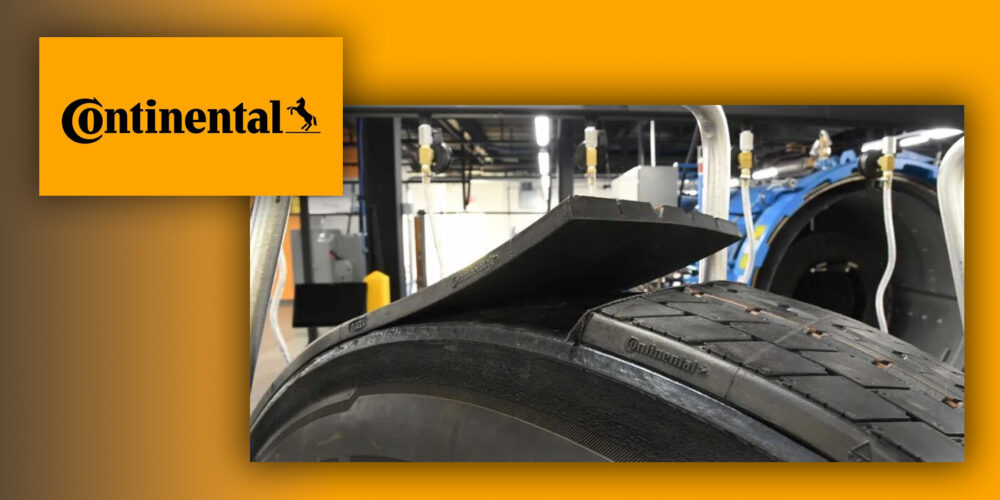Truck tires, unlike many automobile and light truck tires, are all about performance and life-cycle costs. In fact, if truck tires are used within their engineered parameters of load/inflation/speed and are properly maintained, near continuous use would not be out of the question. In fact, they are not designed to require recesses or idle periods.
As freight volumes rise in the continuing economic recovery, fleet managers should pay close attention to equipment, specifically tires, as idled vehicles are returned to active service. The first consideration should be to evaluate how tires have been stored during the period of inactivity. Proper storage of truck tires during extended idle periods (6 months or more) is often more trouble and costly than proper maintenance for tires used daily. Therefore, proper storage practices are sometimes neglected, emphasizing the need for more thorough return-to-service checks.
Cool, dark and dry areas are preferred tire storage sites. Because they are chemical composites, tires are susceptible to degradation from certain environmental elements such as sunlight, ozone, various oxidizers and many petroleum products. Rubber compounds in modern truck tires contain protective, anti-aging chemicals, which are designed to migrate to the surfaces as the tires flex through their normal workload. Whenever possible, stored vehicles should be moved for even short distances to promote this protection. Tire manufacturer service manuals include proper storage procedures such as avoiding placement near electric motors and other ozone-generating sources, in addition to parking vehicles close together in an east/west orientation to minimize sidewall and tread exposure to the higher east/west sunlight intensity. Avoiding long-term tread surface exposure to petroleum surfaces is also important. This includes the obvious oil- and grease-covered shop floor and parking areas, as well as paved asphalt surfaces in general. Gravel or concrete surfaces are preferred. Another good tip is to avoid first in-first out (FIFO) or, worse yet, first in-still here (FISH) inventory systems. Trailer tires are particularly vulnerable. It is far more preferable to “exercise” all tires by rotating active trailer use during slow freight times.
If tires have been unused for long periods, there are some steps you should consider to ensure reliability and safety when they return to active service. First, a thorough visual inspection should detect any unusual sidewall cracking. While not all cracking is of concern, seek tire manufacturers’ recommendations to distinguish superficial cracks from more serious ones. Picture guidelines are widely available to help techs make consistent judgments. Inward facing sidewalls should be carefully checked for petroleum damage from excessive chassis lube grease, leaking wheel seals or minor fuel spills. Inflation checks and necessary adjustments are critical, since all tires tend to dissipate some pressure when idle for extended periods. Also, adjustments to reduce inflation pressure may be in order, since the recommended practice is to increase inflation approximately 25% beyond that required for the actual load applied to the tire while in storage. Inspection of valve grommets, valve caps and/or flow through extensions should also be performed at this time. Cleaning tires for the sake of truck appearance is acceptable, but not necessary for proper performance. Dirt alone is not harmful to tires, and excessive washing, especially using aggressive cleaning agents, can interfere with the migration of protective chemicals stored in the rubber compounds. Tire dressings or gloss producing products are generally not recommended, but should be checked to avoid any petroleum-based ingredients if used.
Return-to-service inspections also provide an excellent opportunity to manually check any major alignment issues using steer tire “fingertip diagnostics.” Tire manufacturer field engineers can assist with this training if needed. This simple hand palm procedure can quickly and accurately diagnose toe setting and chassis thrust issues to avoid premature wear and driver handling complaints. A minimum amount of time, coupled with careful attention to detail, should ensure tires will be ready to begin work again.












